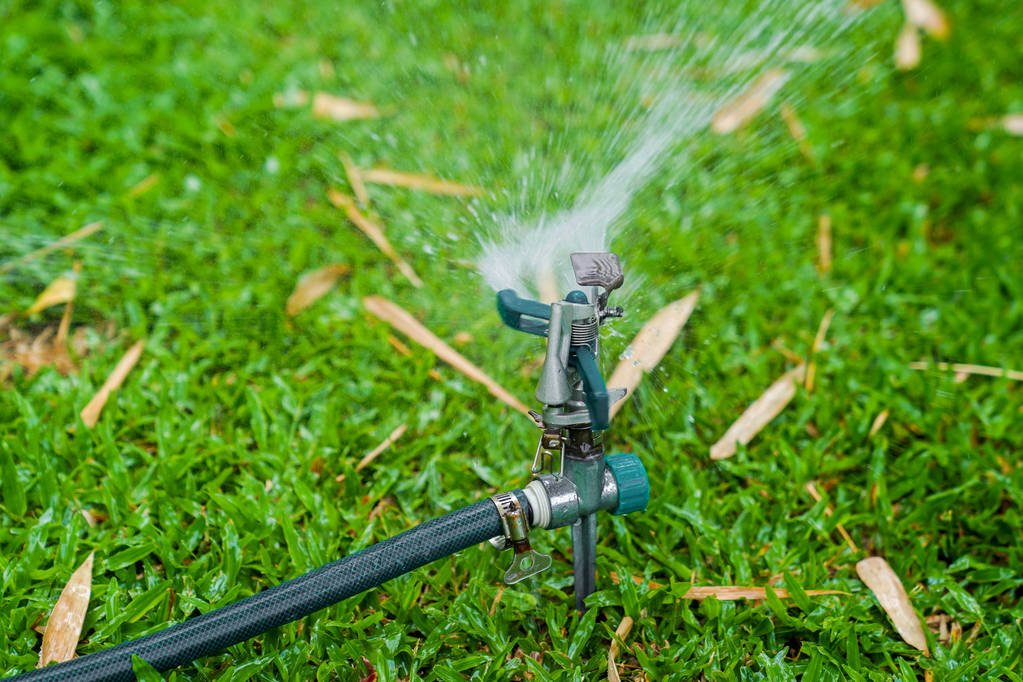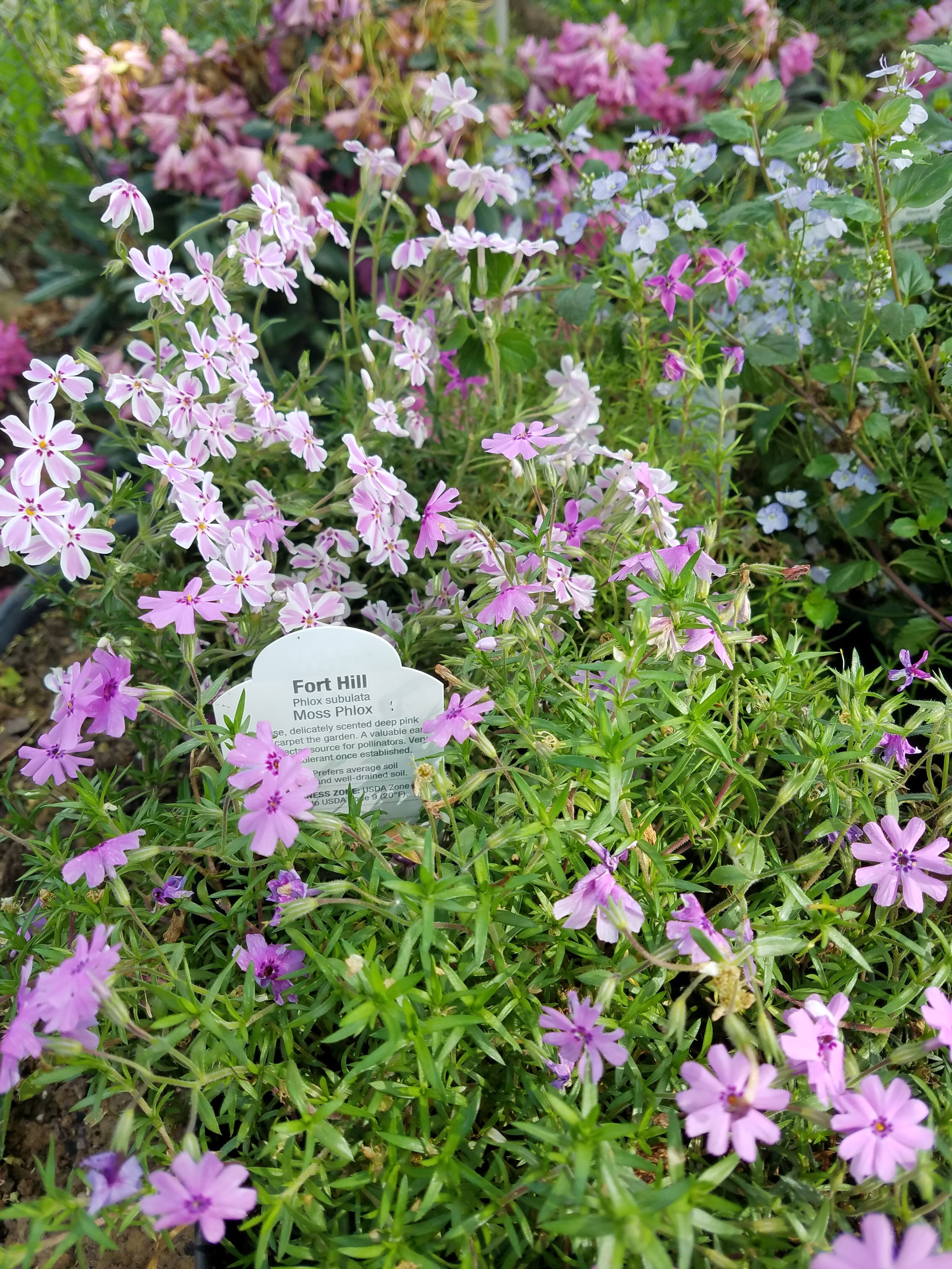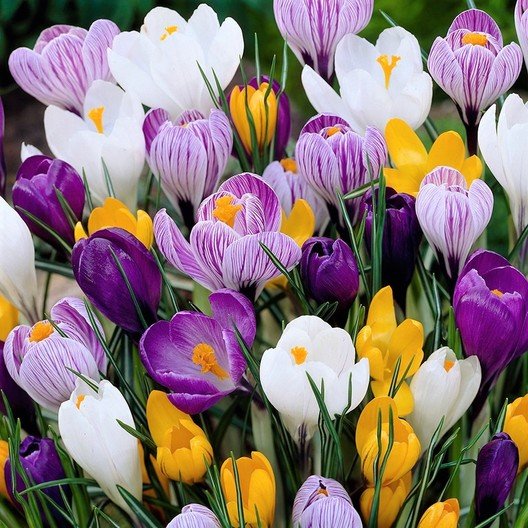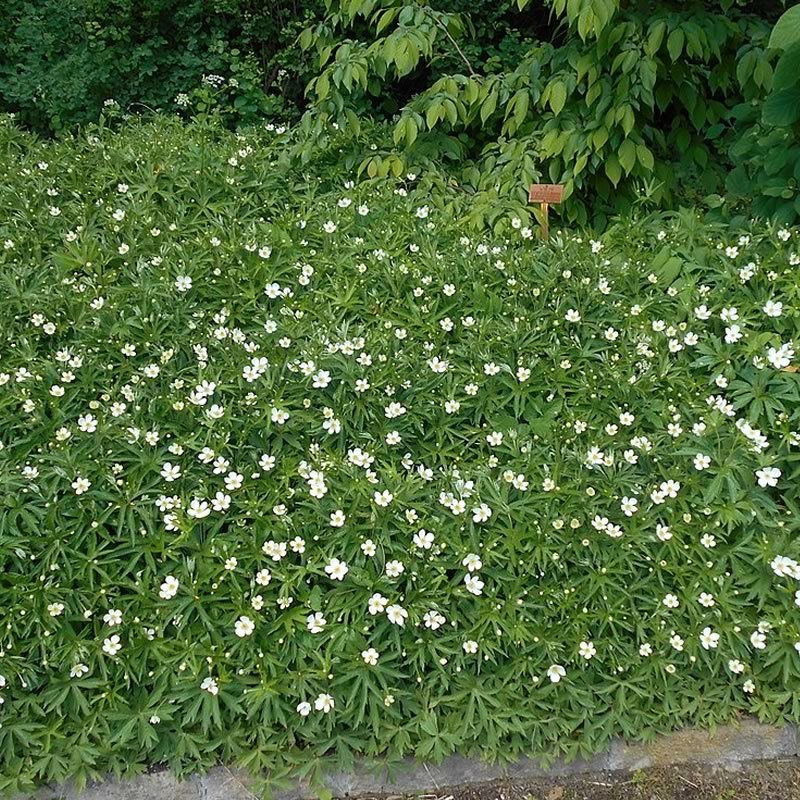Making a Meadow
Lawn care. It can take a lot of water, a lot of mowing, and a lot of energy. And when you have shady conditions and clay rich soil like I do, it leads to a lot of bare patches and heartache anyway. We’ve long stopped trying to force a lawn to grow where it doesn’t want to, and for a while that meant accepting our muddy patches. But now I’m taking back my yard with an alternative lawn of low-height ground cover and wildflowers. The best part is that in addition to being more colorful and interesting, this approach is far kinder to the planet than a mono-species grass lawn.
Ah, the suburban lawn. Images of children playing in a perfectly green patch, of adults in lawn chairs with a refreshing beverage. And yet what it takes to achieve this lawn means that the grass is never long enough to produce seeds. There are no flowers. There is nothing for birds to eat, for pollinators to do. The roots become so dense that weeds cannot get through. This also means that those dense roots suck up nutrients and water, fundamentally altering the top layer of soil and disrupting the water table. Speaking of water, it uses a LOT of it to keep that lush color. For being green space, the “ideal” lawn is pretty damaging to local ecosystems.
But what’s a yard to do? It’s a lawn, it’s supposed to be grass, right? I’ve been taking a long look at alternatives, and am incorporating a layered approach to give more biodiversity and more interest, while still leaving areas that can handle the foot traffic of my kids and whatever they get up to outside. While some homeowners associations may limit lawn alternatives, there are options that look downright lawn-like so, you may still be able to bring the eco-goodness to your yard.
Blended turf and microclover lawn - Image by Earth, Water & Wood, LLC.
Microclover - If you’re looking for a more biodiverse option and still want that traditional grass lawn look, microclover is your first stop in alternative lawns. It grows quickly, creates a dense carpet, and is mowable. It doesn’t need to be mowed as often as grass, though the act of mowing helps microclover create the seamless lawn look that is sturdy underfoot in the same way a grass lawn would be. It is drought tolerant, and provides rich green color in colder temperatures, extending the seasons. And it adds nitrogen back into the soil, repairing what grass lawns deplete. It can be mixed in with grass, so this is a great option if you’d like to fill in some gaps without fully replacing your exisiting lawn.
Size Comparison Between Clover and Microclover via Green Thumb Yard Care
Groundcover Plants - some groundcover plants are sturdy enough for foot traffic, and if you’re wanting to create a more varied, less lawn-like look, you can add in these plants in traffic areas. Creeping Thyme is a sprawling groundcover that has a lot going for it. It has lovely little purple flowers in the spring, and being in the thyme family it emits a subtle herby fragrance when walked on. Creeping Phlox, which can be found in pretty much any nursery, is sturdy enough to handle foot traffic and stays very low to the ground. If it gets enough light, it has flowers in the spring and comes in a variety of colors. For extra interest in the spring, don’t discount bulbs in this low-planting approach. Crocuses, Snow Drops, Muscari, and Anemone are wonderful choices.
Meadow Vibes - For a more layered approach, and if you don’t mind some taller plants, you can utilize taller groundcover plants and wildflowers to fill in blank patches in your yard while letting the grass grow long in those areas. I am using this approach at the edges of certain planting areas, so as to still leave an open area with shorter plantings for my kids to play more active games. I know my kids will love the meadowy area in its own way. For this approach I purchased some wildflower seeds with grow heights of 6 - 18 inches, and I spoke with my local plant nursery about native plants to add to this area. My favorite takeaway has been the native plant Speedwell, which I am adding to my meadow zone both as established plants and as wildflower seeds to fill in over time. It’s a mowable option with slightly higher grow heights than some of my other ground covers, and it has tiny purple flowers that are a perfect fit for my planting scheme.
Moss Carpet - Sometimes, conditions are not ripe for plant growth. This is where moss comes in. Thriving in shady, damp locations and in areas other plants cannot tolerate, moss spreads using spores and can be helped along to create a lush, moss carpet. It can be a wonderful, walkable solution for even the most troublesome areas. It breaks down soil, releasing nutrients and preparing the substrata for future planting if you choose to try growing something else there in the future. I will be utilizing moss in some areas, as I have some growing in my darkest, dampest spots already. Be on the lookout for a post dedicated to moss carpets in the coming weeks! I will be attending a moss carpet lecture at a local botanical garden specializing in native plantings, wildflowers, and forest plantings in natural settings rather than trained beds.
Moss Carpet Image via the Mt. Cuba Center
Once you’ve found your approach, you’ll need to prepare your lawn and your soil. For me, this will involve digging up some patches of grass, and mixing compost in with the top later of my clay rich soil so that my seeds and small plants have room to spread their roots. If you’re keeping some grass in your approach (I will be in the meadow area), be sure to collect all grass clippings when you mow to minimize competition with your new plantings as they establish themselves. Someone from my Buy Nothing Group was kind enough to lend me her push mower until she moves next year, so I will be able to selectively mow these areas a bit more gently.
I am thrilled to be tackling this project this week! While I know that I won’t be creating an instant meadow for reveal time, I am excited for this alternative lawn to continue thriving this summer, creating a colorful, environmentally-friendly space for my family and our local wildlife to enjoy.
Be sure to check out all the amazing progress happening by ORC participants this week at www.oneroomchallenge.com/orc-blog ! We’re in the home stretch and there is so much goodness coming together right now!












